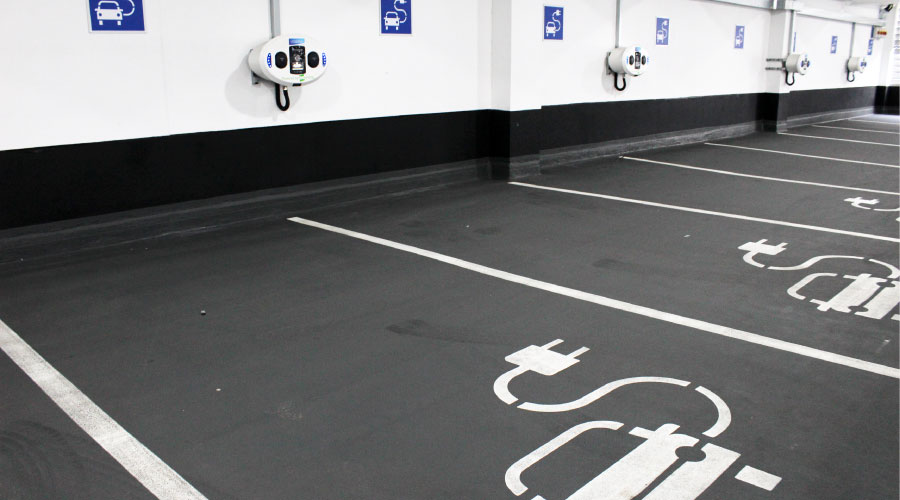Rise in Vacancy Rates Continues, but Pace Slows
The ongoing rise in vacancy rates in the U.S. office, industrial, and retail markets slowed significantly in the fourth quarter of 2009, according to the latest analysis from CBRE Econometric Advisors (CBRE-EA).
The ongoing rise in vacancy rates in the U.S. office,
industrial, and retail markets slowed significantly in the fourth quarter of
2009, according to the latest analysis from CBRE Econometric Advisors (CBRE-EA).
"Across property types the consistent story is that
while vacancy rates are not in decline, they performed better than expected in
the 4th quarter," says Jon Southard, director of Forecasting, CBRE-EA.
The office
vacancy rate increased by 20 basis points (bps) to 16.3 percent at the end of
fourth quarter 2009. Although this was the ninth consecutive quarterly rise,
the trend of severe increases, which characterized much of the past year and a
half, appears to be abating, says CBRE-EA.
While both downtown and suburban markets contributed to the
overall rise, downtowns' increase of 30 bps edged the suburbs' rise of 20 bps
for first time since the end of 2008. Though vacancy increases remain
broad-based, CBRE-EA says some markets have approached their cyclical peaks; in
the fourth quarter, 37 of 57 markets experienced an increase.
Experiencing improvement during the fourth quarter was a
largely mixed bag of tech-centered markets such as San Jose and Denver with a
few 'sunshine' markets like San Diego, Riverside and Jacksonville where the
correction started earlier than in other areas. Additionally, Pittsburgh and
Indianapolis were well-positioned as the downturn began and have performed well
in spite of the recession, says CBRE-EA.
The national industrial availability rate increased 40 bps
to 13.9 percent in fourth quarter 2009, marking the ninth consecutive quarter
of rising availability. The majority of markets experienced rising
availability, with 43 out of 60 showing increases from the previous quarter.
In fourth quarter 2009 the overall retail availability rate
rose to 12.5 percent, a modest 20 bps from the previous quarter. Though it has
increased 180 bps from a year ago, retail availability rate increases have now
diminished for three consecutive quarters, solidifying a path toward recovery.
Related Topics:











